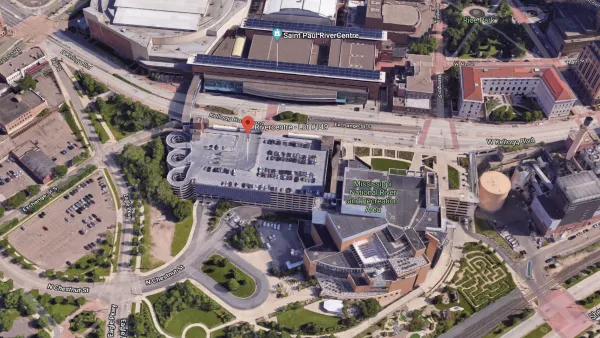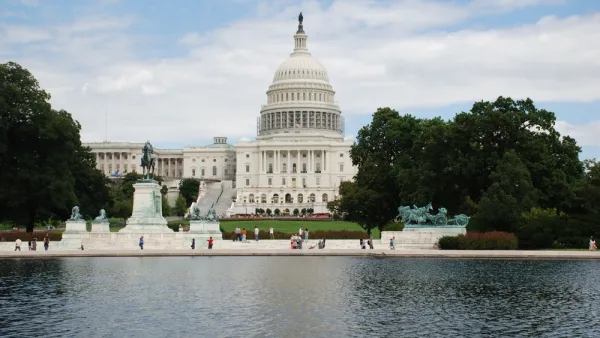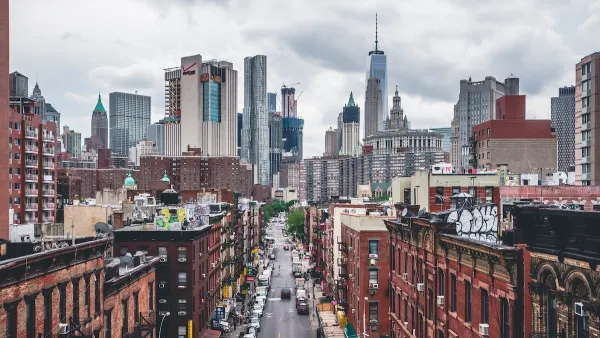A recent article laments the missed opportunity of President Obama’s recent calls for increased spending on infrastructure: a lack of acknowledgement that cities are the best places to spend those dollars.
Starting from the assumption that “[public] investment in infrastructure and human or social capital combine to provide a societal foundation for dynamic economic growth and development by connecting the various economic sectors and industries,” a recent article by Michael A. Pagano makes the case for focusing infrastructure spending in the nation’s cities to achieve maximum economic benefit.
“Why is it so difficult… to knit together a transformative economic strategy that is explicitly rooted in and mediated by a metropolitan- or urban-focused set of policies?”
That difficulty is particularly troubling to Pagano given the high costs of deferred maintenance of the existing urban infrastructure. (The tendency of the federal government to favor infrastructure investments in suburban and rural settings has been discussed before.)
Instead of expanding infrastructure investments farther and farther out into the sprawl, Pagano suggests an alternative: “If new or expanded infrastructure projects are required, there must be an economic demand for those economic activities, and the political entities that gain from them should pay the lion's share of their costs.”
FULL STORY: Why We Should Focus Infrastructure Spending on Urban America

National Parks Layoffs Will Cause Communities to Lose Billions
Thousands of essential park workers were laid off this week, just before the busy spring break season.

Retro-silient?: America’s First “Eco-burb,” The Woodlands Turns 50
A master-planned community north of Houston offers lessons on green infrastructure and resilient design, but falls short of its founder’s lofty affordability and walkability goals.

Delivering for America Plan Will Downgrade Mail Service in at Least 49.5 Percent of Zip Codes
Republican and Democrat lawmakers criticize the plan for its disproportionate negative impact on rural communities.

Test News Post 1
This is a summary

Test News Headline 46
Test for the image on the front page.

Balancing Bombs and Butterflies: How the National Guard Protects a Rare Species
The National Guard at Fort Indiantown Gap uses GIS technology and land management strategies to balance military training with conservation efforts, ensuring the survival of the rare eastern regal fritillary butterfly.
Urban Design for Planners 1: Software Tools
This six-course series explores essential urban design concepts using open source software and equips planners with the tools they need to participate fully in the urban design process.
Planning for Universal Design
Learn the tools for implementing Universal Design in planning regulations.
EMC Planning Group, Inc.
Planetizen
Planetizen
Mpact (formerly Rail~Volution)
Great Falls Development Authority, Inc.
HUDs Office of Policy Development and Research
NYU Wagner Graduate School of Public Service





























